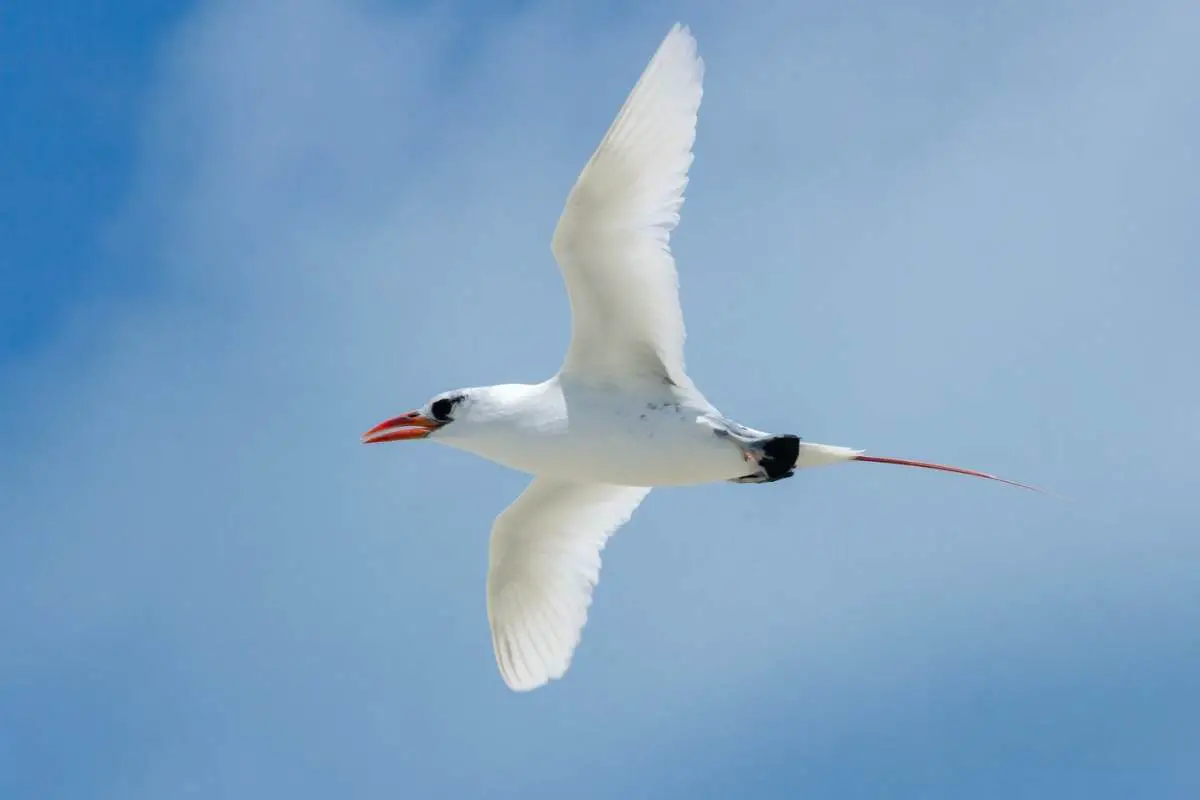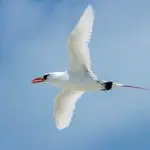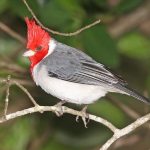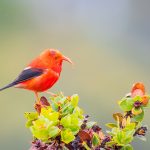Hawaii is a tropical paradise for humans and birds alike. The volcanic soil is rich and fertile, growing plants that produce fruit and nuts ripe for consumption. Many birds thrive in the Hawaiian Islands. Today we’ll take a look at one island in particular: Kauai. This article goes over the different species of birds you might see on the island of Kauai. We’ll make sure we indicate English and traditional Hawaiian names. Keep reading to learn about 16 birds you might see.
How many different species of wild birds are on Kauai?
Since Kauai is a tropical paradise for songbirds, waders, pelagic, and other types of birds, it can be difficult to say exactly how many species are on the island. However, thanks to detailed tracking and natural history accounts, Kauai was home to about 80 species of birds. Of those 80, about 21 are endemic to Kauai and can’t live anywhere else.
The state of Hawaii says that there are 113 endemic birds living in the Hawaiian Islands, and there were at least 16 birds native to the alpine forests of Kauai prior to human settlement. Narrowing down the list to current birds living on the island is much harder.
Taking that into account, this article just examines some of the most popular and well-known species of birds you’ll see on the island of Kauai.
16 Birds in kauai
1. Red-tailed tropicbird

Scientific name: Phaethon rubricauda
To see a red-tailed tropicbird is a treat indeed. This ocean-dwelling bird lives around the coasts of the Pacific Ocean, including the Hawaiian Islands.
It’s easy to recognize because of its two red tail streamers that cut behind it. Otherwise, the bird is a clean white with a black eyepatch and an orange beak.
Look for Red-tailed Tropicbirds flying over the beach, perching on cliffs, and along the coasts.
2. Bulwer’s petrel
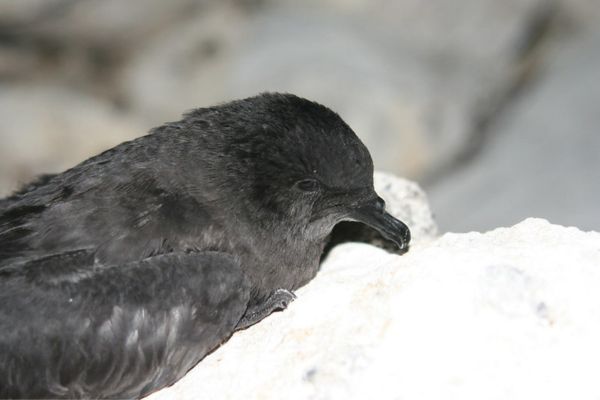
Scientific name: Bulweria bulwerii
Bulwer’s petrel lives on the coasts of islands in the tropics. They aren’t limited to just the Hawaiian islands; specimens roam from the Pacific to the Atlantic to the Indian Oceans. They have long wings and brown feathers. It eats plankton, which it grabs from the surface of the water with its efficient beak.
Bulwer’s Petrel prefers cliffside habitats and can be seen soaring over ocean waters.
3. Hawaiian short-eared owl
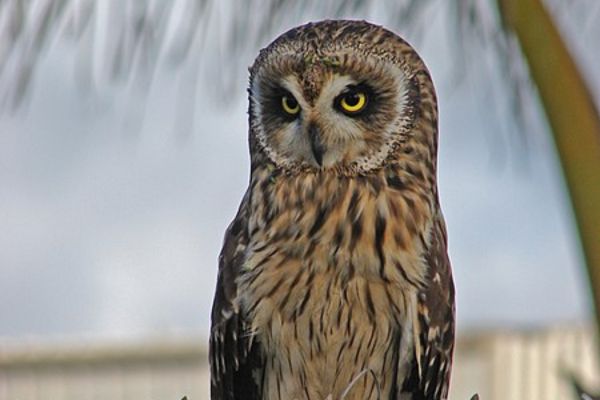
Scientific name: Asio flammeus sandwichensis
Hawaiian Short-eared owls are called “pueo” in Hawaiian. They roam around Kauai, where they prefer to live in open grassy areas with coastal scrub.
Each owl is buffy brown and white. Their eyes are surrounded by dark feathers but the facial disk is creamy. Hawaiian short-eared owls are endemic to Hawaii, meaning they only live in the Hawaiian Islands.
Spot Hawaiian Short-eared Owls on the island of Kauai along the Kaumualii Highway, where they perch on fenceposts or trees to watch for prey.
4. Puaiohi
Scientific name: Myadestes palmeri
Puaiohis are extremely endangered birds native to the island of Kauai. It is a small gray songbird that is secretive and shy. They have dark gray backs and light gray bellies. Current estimates place their population at about 500.
They only live in high-altitude forests in the Alakai Plateau region of Kauai. Older textbooks and identification guides might call this species the “Small Kauai Thrush.” Current efforts to increase their population have met with success when nest boxes are placed out in the wild.
You may see a Puaiohi on a walk through the Alakai Wilderness in northwestern Kauai.
5. Hawaiian gallinule
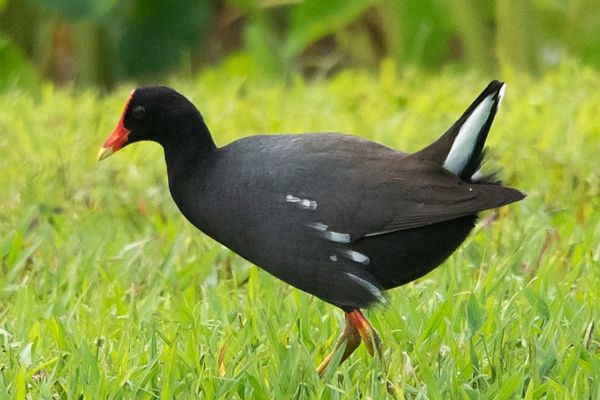
Scientific name: Gallinula galeata sandvicensis
Hawaiian gallinules are not their own independent species. Instead, they are a subspecies of the more widely known Common gallinule. Regardless, the Hawaiian variant is common on the island of Kauai.
It is black with yellow legs and a red head patch. Look for them on the island in marshes and wetland preserves.
The Kawaiele Waterbird Sanctuary is one such place to go birdwatching for Hawaiian gallinules.
6. Apapane

Scientific name: Himatione sanguinea
Here’s one Hawaiian songbird you won’t have to trek into the jungle to find. The apapane is easy to spot and common throughout Kauai. It has bright red feathers on most of its body. Its wingtips and back end are black and white.
These honeycreepers have a downward curved bill to let them get the nectar out of flowers. They mostly stay in high-altitude mountains, but they do move around outside of the breeding season.
Spot Apapanes along the coasts or high in the mountains of northwest Kauai.
7. Hawaiian goose
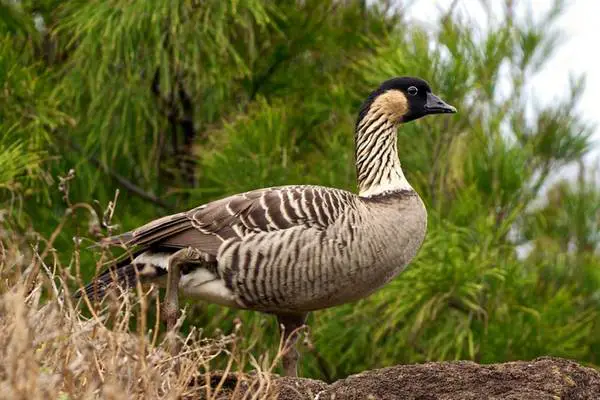
Scientific name: Branta sandvicensis
Hawaiian geese, also known as Nenes, are native to the Hawaiian islands. They are one of the few birds in Hawaii that have been successfully revitalized from near-extinction status. Hawaiian geese are common throughout Kauai.
They have a black head, white cheek patches, and a unique brown ring at the base of the neck. The body is striated with brown and white stripes.
Hawaiian geese are somewhat cosmopolitan; they like wetlands and wildlife preserves just as much as golf courses.
8. Hawaiian duck
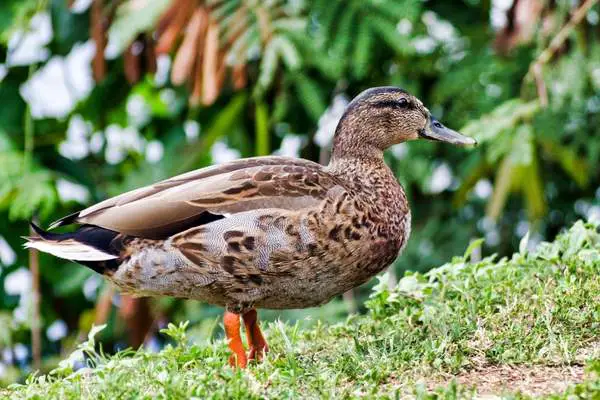
Scientific name: Anas wyvilliana
Out of all of the Hawaiian islands, the Hawaiian duck is most common on Kauai. It lives in ponds and small creeks in the mountains and lowlands of the island. They are drab brown in color except for an iridescent purple speculum on the wing feathers.
They sometimes mate with Mallard ducks and create interesting hybrids. It’s unclear how that affects the Hawaiian duck population.
Birdwatchers believe the best place to see Hawaiian ducks is in Hanalei National Wildlife Refuge.
9. Newell’s shearwater

Scientific name: Puffinus newelli
Newell’s shearwater is a pelagic bird. This means it spends most of its time out in the open ocean. They rarely come to shore except to mate and breed.
In the case of the Newell’s shearwater, Kauai is the perfect place. Groups congregate in April, where mated pairs lay eggs in burrows and incubate them together.
Newell’s shearwater breeds in colonies in the Mokolea Mountains and the Alaka’i Plateau.
10. Kauai ‘Elepaio
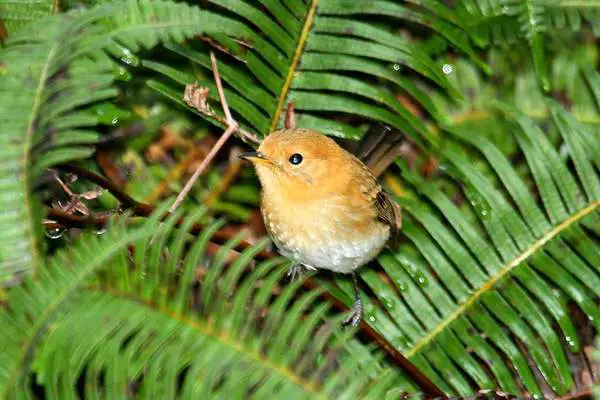
Scientific name: Chasiempis sclateri
This native Hawaiian flycatcher is always moving. It bobs its tail up and down, flits from branch to branch, and darts after insects for its next snack. They are gray with buffy brown chests and streaks of white on their chin and outer wing feathers.
The Kauai ‘Elepaio is common on the Alaka’i plateau in northwestern Kauai.
11. Akeke’e
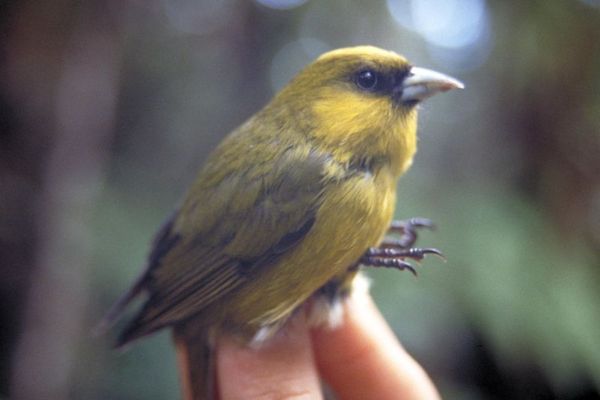
Scientific name: Loxops caeruleirostris
The critically endangered Akeke’e is a small yellow bird that lives in northwestern Kauai in the Alakai Wilderness. They were once plentiful and easily spotted by hiking tourists, but their numbers have decreased in the last 30 years.
Both males and females are a greenish yellow, but males are usually brighter. They trill from the treetops and eat nectar and pollen from tropical alpine flowers.
Avid birdwatchers believe the best opportunity to see an akeke’e is to hike in the Waimea Canyon State Park.
12. Anianiau
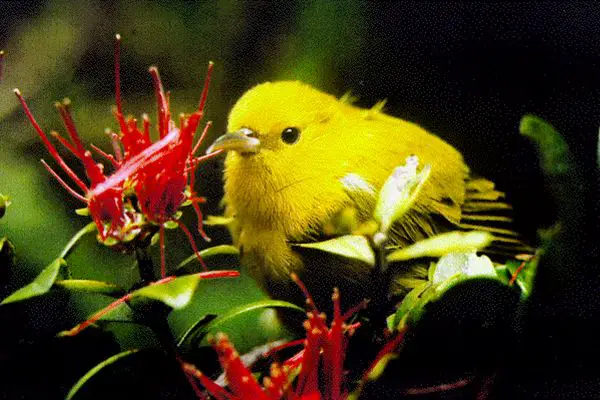
Scientific name: Magumma parva
The anianiau is native to the island of Kauai. This nectar-eating honeycreeper is light yellow-green. They’re at risk of going extinct because of their extremely specific living requirements: high altitudes, tropical rainforests, high rainfall, and abundant flowers.
Human development has reduced the available habitat for these birds. Tell them apart from other yellow-green hawaiian birds by looking at the bill. It has a downward curve.
Look for Anianiaus in northwestern Kauai’s parks and preserves, especially Koke’e State Park.
13. Akikiki
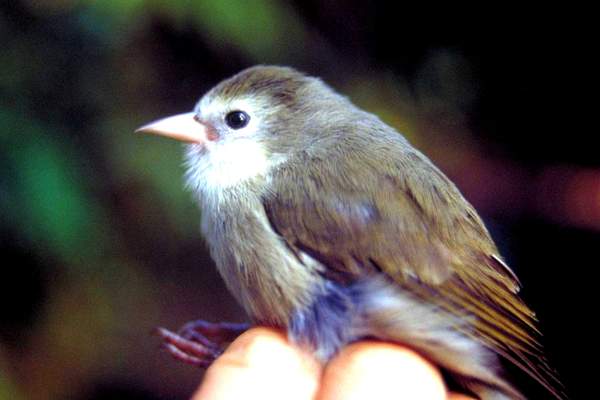
Scientific name: Oreomystis bairdi
Scientists aren’t sure why the akikiki’s population is declining. The bird, which is gray-brown and very nondescript, hasn’t lost much habitat in the last thirty years.
However, they are threatened by avian malaria – which is spread by mosquitoes at below 3000 feet elevation. Introduced rats might kill their chicks and eat their eggs. They also have to fight off invasive songbirds. The slow decline may be a result of many variables instead of one tragic event.
The 45 surviving wild Akikikis live in montane rainforests, especially Koke’e State Park.
14. Hawaiian amakihi

Scientific name: Chlorodrepanis stejnegeri
The Hawaiian Amakihi is a nectar-loving bird with a pointy downward curved bill and olive or bright green feathers. They live in the highlands and alpine rainforests of northwestern Kauai.
Here, flowers are abundant and there is no risk from avian malaria or human development. These birds are more adventurous than other honeycreepers in the area.
Hawaiian Amakihis venture down to the lowlands and are often spotted around the whole island.
15. Hawaiian storm-petrel

Scientific name: Hydrobates castro cryptoleucurus
Like the Hawaiian goose, the Hawaiian storm-petrel is not an independent species. Instead, it is a morph of the Band-rumped Storm-Petrel native only to Hawaii. The Hawaiian morph spends most of its life near the water, only coming ashore to breed.
They are black with a white band at the base of the tail. These birds are extremely vocal and communicate amongst themselves often, especially just after dusk.
Look for Hawaiian Storm-petrels in Kauai in the Kaulakahi Channel and Waimea Canyon.
16. I’iwi

Scientific name: Drepanis coccinea
The I’iwi might be one of the most unusual-looking birds on all of Kauai! It has a disproportionately long curved bill, bright red-orange feathers, and black wingtips. This bird is built for the flowers of the alpine rainforest, however. It uses its curved bill to nestle deep into flowers and lap up nectar and pollen.
Males and females look similar. They are easy to spot because they stand out against the landscape and often engage in acrobatics to get at flowers.
I’iwis’ range is limited in Kauai, but some can be seen in the northwest rainforests of the island.
